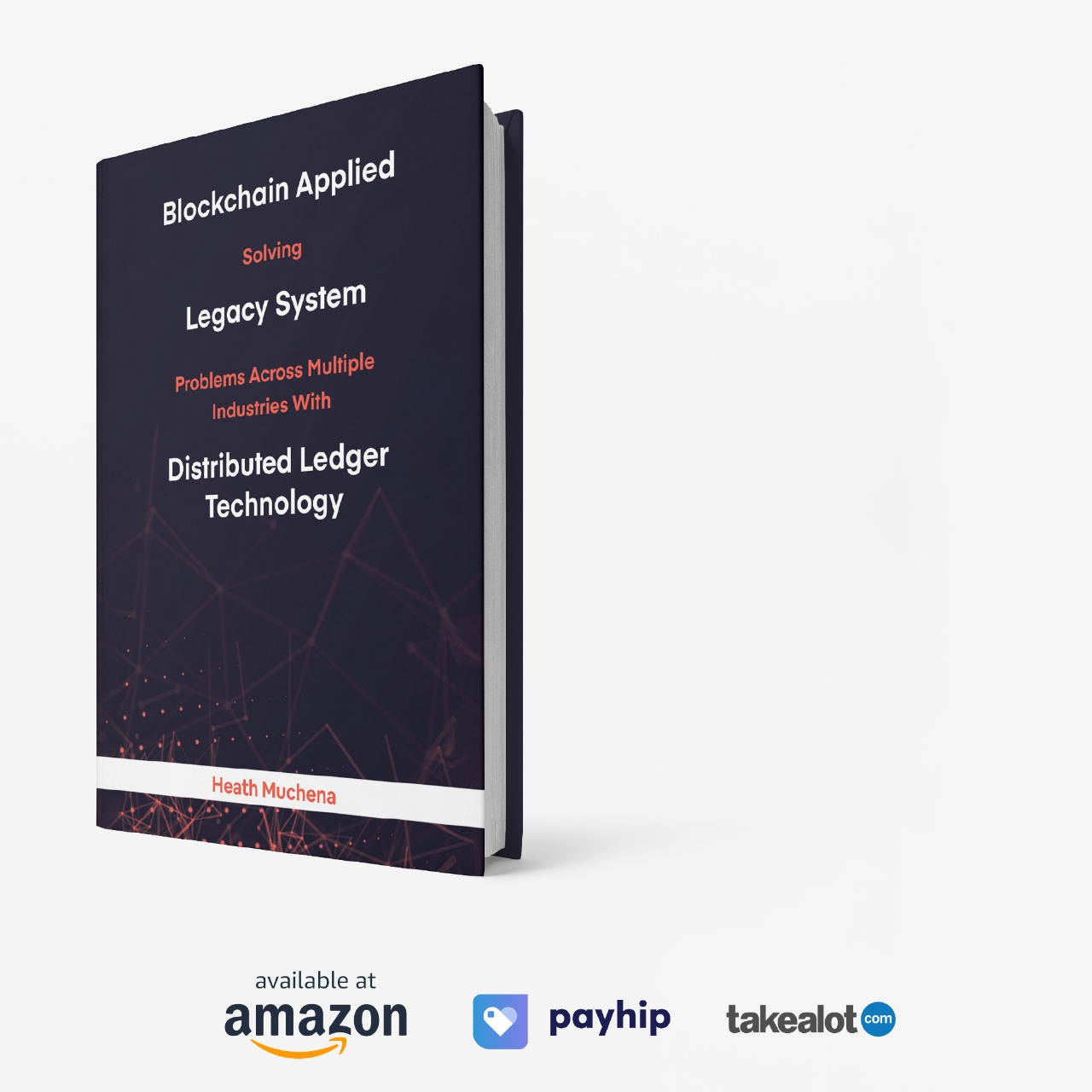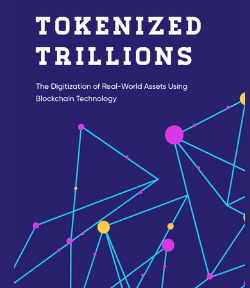
Mastering Crypto Trading with Machine Learning: Complete Guide
The Ultimate Guide to Combining Machine Learning and Crypto Trading.
In recent years, the cryptocurrency market has seen exponential growth, attracting traders worldwide. As the market becomes more competitive, leveraging advanced technologies like machine learning (ML) can provide a significant edge. Machine learning enables traders to analyze vast amounts of data, identify patterns, and make informed decisions. This comprehensive guide explores how to integrate machine learning with crypto trading to enhance profitability and efficiency.
Introduction to Machine Learning
Machine learning, a subset of artificial intelligence (AI), involves creating algorithms that can learn from and make predictions based on data. Unlike traditional programming, where rules are explicitly defined, ML models identify patterns and insights from data, continuously improving over time.
Types of Machine Learning Techniques
Understanding the different types of machine learning techniques is crucial for their application in trading:
-
Supervised Learning: Involves training a model on labeled data. It’s useful for predicting future price movements based on historical data. Common algorithms include linear regression, decision trees, and support vector machines.
-
Unsupervised Learning: Involves identifying patterns in data without predefined labels. Clustering algorithms like K-means and hierarchical clustering help identify market segments and anomalies.
-
Reinforcement Learning: Involves training a model to make a sequence of decisions. It’s particularly effective for developing trading strategies that adapt to changing market conditions.
Setting Up Your Machine Learning Environment
To integrate ML into crypto trading, you need a robust setup:
-
API Access: Obtain API access to cryptocurrency exchanges like Binance, Coinbase, or Kraken to gather real-time and historical data.
-
Data Storage: Use databases like PostgreSQL or cloud storage solutions to store large datasets securely.
-
Programming Framework: Python is the preferred language for ML applications due to its extensive libraries such as Pandas, NumPy, Scikit-learn, TensorFlow, and Keras.

Data Collection and Preprocessing
Data is the backbone of any ML model. Follow these steps to collect and preprocess data:
-
Historical Data: Collect historical price data, trading volumes, and other relevant metrics from exchanges.
-
Market Sentiment: Gather data from news articles, social media, and forums to gauge market sentiment. Tools like Tweepy for Twitter and BeautifulSoup for web scraping can be useful.
-
Data Cleaning: Remove any irrelevant or corrupted data points. Normalize data to ensure consistency and improve model accuracy.
-
Feature Engineering: Create new features from raw data that can help in model training. Examples include moving averages, volatility indices, and momentum indicators.
Developing Predictive Models
With data ready, the next step is to develop predictive models:
-
Choosing the Right Model: Select models based on the nature of your data and the problem at hand. For instance, use time-series models like ARIMA for price prediction and classification models for trend analysis.
-
Training the Model: Split your data into training and testing sets. Train your model on the training set and validate its performance on the testing set.
-
Hyperparameter Tuning: Optimize the model’s performance by tuning hyperparameters using techniques like grid search and random search.

Backtesting and Optimization
Backtesting is essential to validate your trading strategy:
-
Simulation: Run your model on historical data to simulate trades and assess performance. Ensure that the backtesting period covers various market conditions.
-
Performance Metrics: Evaluate your model using metrics like accuracy, precision, recall, F1 score, Sharpe ratio, and maximum drawdown.
-
Optimization: Refine your model based on backtesting results. Adjust features, model parameters, and trading rules to improve performance.
Implementing Trading Bots
Once your model is validated, implement trading bots for automated trading:
-
Bot Development: Use Python libraries like CCXT to connect to exchanges and execute trades programmatically.
-
Integration: Integrate your predictive model with the trading bot to generate buy/sell signals and execute trades based on those signals.
-
Monitoring and Adjustments: Continuously monitor bot performance. Set up alerts for anomalies and adjust strategies based on real-time market data.
Risk Management and Performance Metrics
Effective risk management is crucial to protect against significant losses:
-
Risk Assessment: Identify potential risks and define risk tolerance levels.
-
Stop-Loss and Take-Profit: Implement stop-loss and take-profit orders to manage risk and lock in profits.
-
Diversification: Diversify your portfolio to spread risk across different assets.
-
Performance Tracking: Regularly review performance metrics and adjust strategies to align with risk management goals.
Future Trends in Machine Learning for Trading
The integration of ML in crypto trading is continuously evolving:
-
Advanced Algorithms: Explore the use of advanced algorithms like deep learning and neural networks for improved predictions.
-
Real-Time Analytics: Implement real-time analytics for immediate insights and faster decision-making.
-
AI Ethics: Ensure ethical use of AI in trading to promote transparency and fairness.
Conclusion
Integrating machine learning with crypto trading offers a sophisticated approach to navigating the volatile and complex cryptocurrency markets. By leveraging ML techniques, traders can gain deeper insights, develop robust strategies, and automate trading processes for enhanced profitability. This guide provides a comprehensive roadmap for traders looking to harness the power of machine learning in their crypto trading endeavors.






